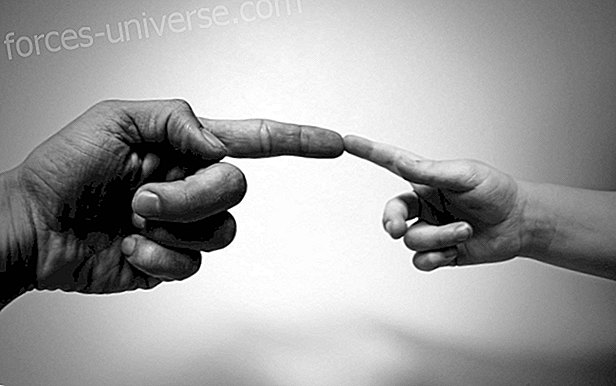Do you already know the benefits of dance movement therapy? It is a well known fact that movement is good for body and mind. The mental and emotional benefits of the movement are abundant. The same endorphins that make you feel better when moving also help you concentrate and sleep better, have more energy and can help you be more resilient to the mental or emotional challenges of life.
Moving regularly is an investment in your mind, body and soul. One of the most expressive ways to integrate movement into your recovery from eating disorder is through dance movement therapy.
What is Dance Movement Therapy?
Defined as dance movement therapy or DMT in the United States, it is the psychotherapeutic use of dance and movement to support the intellectual, emotional and motor functions of the body. As a form of expressive therapy, the DMT looks at the correlation between movement and emotion.
Also called "movement psychotherapy, " there is no single fixed type of movement style used within this therapeutic exposure. The programs range from traditional dances such as dance hall to more subtle forms of movement such as yoga and stretching to calm the body.
It is important to note that a practitioner with a DMT license can conduct a session within a therapeutic environment. The therapy sessions focus on the behavior of the movement as it progresses through the guided session.
Through this exposure, a therapist will use the movement to help the person achieve emotional, cognitive, physical and social integration.
The benefits of dance movement therapy include stress reduction and mood management. Within the recovery of eating disorder, it can also help improve body image and self-esteem.
Founded on the idea that movement and emotion are interconnected, this creative expression can also help improve communication skills to improve relationships. The movement can express aspects of a personality that the licensed therapist can regain that tune with the deepest connection in recovery therapy.
Why dance movement therapy is different from regular dance?
The movement in a dance therapy environment is more than just exercise. Actions, fluency and movement are interpreted more as a language. People who use dance therapy within an eating disorder treatment environment use movement to communicate conscious and unconscious feelings through dance.
The therapist responds to movements, evaluates body language, nonverbal behaviors and emotional expressions to develop interventions that respond to the specific needs of the person. The movement is the main way in which dance therapists observe, evaluate and implement therapeutic intervention.
Some of the interventions include:
- Match and echo the movements of the person to show empathy and validate what the person is feeling.
- Using the movement metaphor to help a natural person and expressly demonstrate a therapeutic challenge and achievement. For example: a therapist can give a person in treatment a white flag to help celebrate emotional surrender.
Important skills that can be acquired during the dance movement therapy process include:
- Learn to develop and trust your ability to be present empathically.
- Being able to respond authentically and sincerely.
- Learn to translate nonverbal movements into ideas that can be used in recovery.
How this movement therapy can be beneficial for you?
Feelings and life experiences live inside the body and can get trapped there. You do not have to be a dancer to benefit from dance movement therapy and movement. The body can be the key to unlocking deep levels of healing. The DMT is not a dance class. It is a therapeutic exposure that can be used together with other therapies for eating disorder and thus help to achieve a genuine and lasting change.
Having a means to feel safe, to understand and experience the sensations and feelings of your disorder are part of the journey to recovery. Dance movement therapy can play an integral role in helping you claim an authentic connection between your actions and words.






